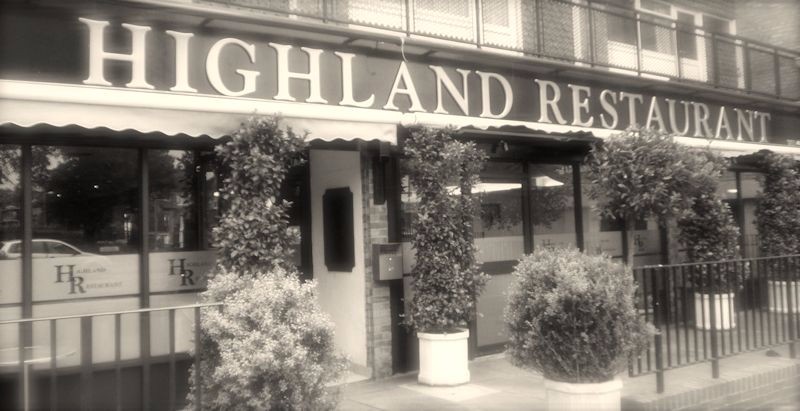


Highland Park is served locally by the Villager newspaper which has a subscription base of 65,000. Highland Park became the city's primary Jewish neighborhood after most of the Jewish population moved from the Summit-University neighborhood in the mid-1900s, and it is home to most of the city's synagogues. Gateway Park includes a skating trail and bowl, biofiltration basin, and a stormwater pond with nature trails that run the length of the park. On June 14, 2022, Gateway Park opened in the former Ford Plant site, now known as Highland Bridge, this will be one of four parks that will open for the redevelopment of Highland Bridge from the former empty Ford site into new housing units and parks. These four parks were Gateway Park, Assembly Union Park, UÅeÄii MakÈa Park (oon-CHEE Ma-KAH, "Mother Earth" in Dakota), and MíÄia Park (MEE-cha, abbreviation for "coyote" in Dakota). These new parks names received final input from members of the Dakota community and the Saint Paul Youth Commission. Paul City Council approved the names of four new parks to be developed within the former Ford site with support from the Saint Paul Parks and Recreation Commission. Paul City Council approved a master plan and zoning designed to redevelop the 122-acre (49 ha) site and add as many as 4,000 new housing units. Ford later reached an agreement with the United Auto Workers which would keep the plant open until 2009. The Ford Plant is no longer open, and announced on Apthat the Twin Cities plant would close in 2008, along with the Norfolk, Virginia Ford F-series pickup plant. Highland Park currently is a mix of well maintained older housing, commercial and retail property and light industrial buildings. Highland Park became part of the City of Saint Paul in 1887, when Reserve Township was purchased. This sale opened up the area for settlement, and the area in Ramsey County that was first settled became the last in Saint Paul to be densely populated. Growth in the area had pressured the government into making this move and in 1854, approximately 5,000 acres (20 km 2) were sold at about $1.25 per acre. During this time, much of the Highland Park area was encompassed by the Fort Snelling reservation but by the mid 1850s the government opened up most of that land for sale, and the area became Reserve Township. He was granted a large portion of land along the Mississippi River and built a house on the land that the University of St. The land that is today known as Highland park was once a part of the fort Snelling reserve, where no settlement was allowed until 1844, when a veteran of the Mexican–American War, William Finn was the first white person to settle in Highland Park permanently in 1848. The HDC Board of Directors is composed of community volunteers elected to serve two-year terms. The district councils were formed in 1975 to advise the Saint Paul City Council on issues related to the development of its area as well as city and state issues. The Highland District Council is one of seventeen neighborhood district councils in Saint Paul. According to the 2000 census Highland Park had a population of 23,202. Also known as Highland District Council (District 15), it lies along the Mississippi River just north of Fort Snelling and across the river from Minneapolis–Saint Paul International Airport. Highland Park is a neighborhood in the southwestern corner of Saint Paul, Minnesota, United States.


 0 kommentar(er)
0 kommentar(er)
